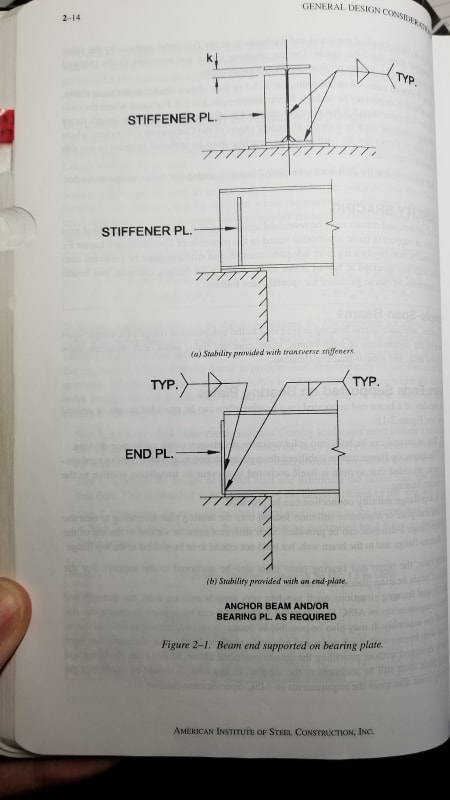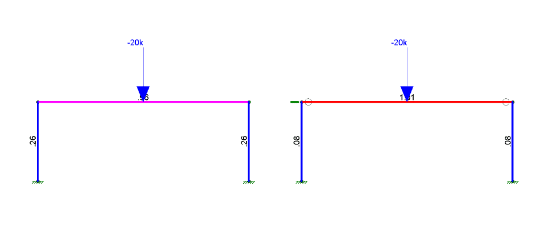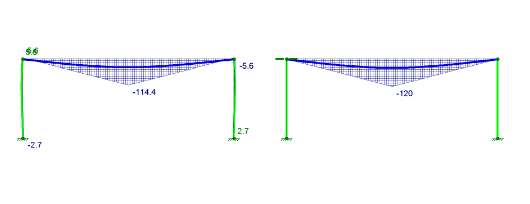RaptorEIT
Structural
- Feb 7, 2019
- 34
I have a continuous W12x53 steel beam that spans 50' over four supports. The steel beam will have a steel C12x20.7 channel placed on top of it to create a "track" to move a load out of a building. See the attached sketch.
I have sized the beam to handle the entire load without considering the channel being there. The channel is only there to prevent the load from rolling off the side of the beam. My question is whether to weld or bolt the channel to the beam. I followed Blodgett's method of sizing stitch welds for built up plate girders to size the stitch welds between the channel and the beam. However, since the channel isn't needed to contribute to the strength of the beam, I am wondering whether this is really necessary or overkill. I calculated that I need 50% of weld area, which yields 25' of weld on each side!
I'm thinking it best instead to bolt the channel to the beam at each end of the track. I'm worried that the beam will break the bolts as it deflects and prys at the bolts, though. Anyone have thoughts or recommendations on this?
Thank you.
I have sized the beam to handle the entire load without considering the channel being there. The channel is only there to prevent the load from rolling off the side of the beam. My question is whether to weld or bolt the channel to the beam. I followed Blodgett's method of sizing stitch welds for built up plate girders to size the stitch welds between the channel and the beam. However, since the channel isn't needed to contribute to the strength of the beam, I am wondering whether this is really necessary or overkill. I calculated that I need 50% of weld area, which yields 25' of weld on each side!
I'm thinking it best instead to bolt the channel to the beam at each end of the track. I'm worried that the beam will break the bolts as it deflects and prys at the bolts, though. Anyone have thoughts or recommendations on this?
Thank you.




